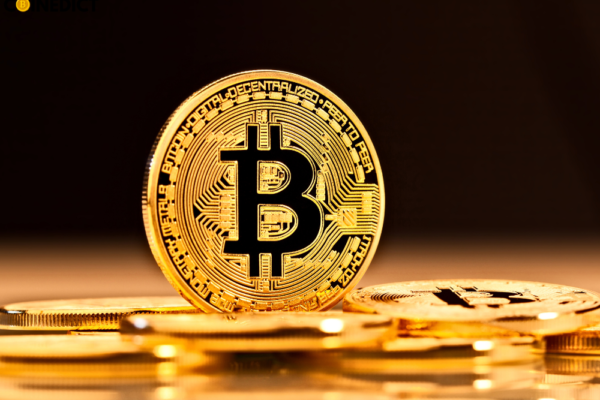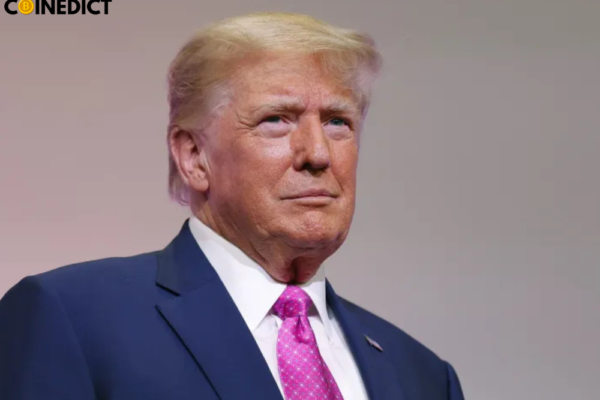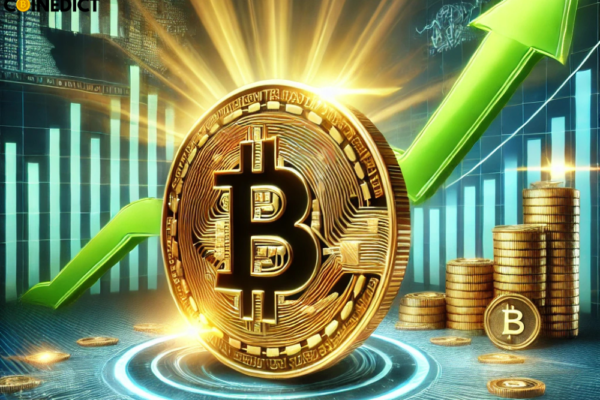
Crypto Trader Gains $7.5 Million with GOAT Coin, Showcasing High-Reward Trading Strategy
A cryptocurrency trader has captured attention in the crypto community after transforming an initial investment of $58,000 into an astonishing $7.5 million by trading GOAT coin. This impressive success story not only highlights the potential of high-reward trading strategies but also underscores GOAT’s remarkable performance in recent weeks, where the token’s price surged by nearly 400% over the month. Turning $58K into $7.5M: The Trader’s Remarkable Journey The crypto trader’s achievement reflects a blend of precise market timing, risk management, and strategic decision-making. While the specifics of the trader’s strategy are not fully disclosed, analysts suggest that they likely employed techniques like swing trading and momentum trading to maximize returns during GOAT’s strong price rally. Key Strategies Used: This impressive feat turned the trader into a focal point within the community, sparking discussions on how similar strategies could potentially yield high returns for others. GOAT Coin’s 400% Monthly Rally: Key Drivers of Success The GOAT coin’s performance is a significant part of this story, with its nearly 400% increase over the past month establishing bullish sentiment across the market. The token’s price rally has attracted both new and seasoned traders looking for opportunities in high-growth digital assets. Factors Fueling GOAT’s Price Surge: As GOAT has gained momentum, market analysts have observed increased trading volume and buying pressure, both of which have contributed to its price surge. The Appeal of High-Risk, High-Reward Trading in Crypto Markets The trader’s journey from $58,000 to $7.5 million illustrates the potential for high-reward trading in the cryptocurrency space. However, it also highlights the risks inherent in such strategies, especially with highly volatile assets. 1. High Volatility Brings High Reward Potential 2. Importance of Risk Management 3. The Role of Market Research and Analysis Impact of the $7.5 Million Success Story on the GOAT Community The trader’s success has further fueled interest in GOAT, solidifying the community’s bullish outlook on the coin. Stories of substantial gains in crypto trading often attract new investors who see similar opportunities in high-growth coins, and GOAT is no exception. Positive Influence on Investor Sentiment Potential for Increased Volatility Looking Forward: What’s Next for GOAT and Its Traders? GOAT’s recent rally and the trader’s success story have created optimism, but the road ahead will likely depend on the coin’s ability to sustain interest and attract new investors. For traders and investors, this case study offers both inspiration and caution. 1. Sustainability of GOAT’s Rally 2. Learning from High-Reward Trading 3. Role of Community Engagement and Support Conclusion: A Success Story with Lessons for the Crypto Market The trader’s $7.5 million gain from a $58,000 investment in GOAT coin underscores the potential rewards of high-risk trading strategies in the cryptocurrency market. As GOAT continues to attract attention with its recent 400% rally, both experienced and new traders are keeping a close watch on the coin’s future trajectory. However, this success story also serves as a reminder of the volatility and risks associated with crypto trading. For those inspired to follow in the trader’s footsteps, understanding market dynamics, practicing risk management, and staying informed are essential to navigating the ever-changing landscape of digital assets.

















